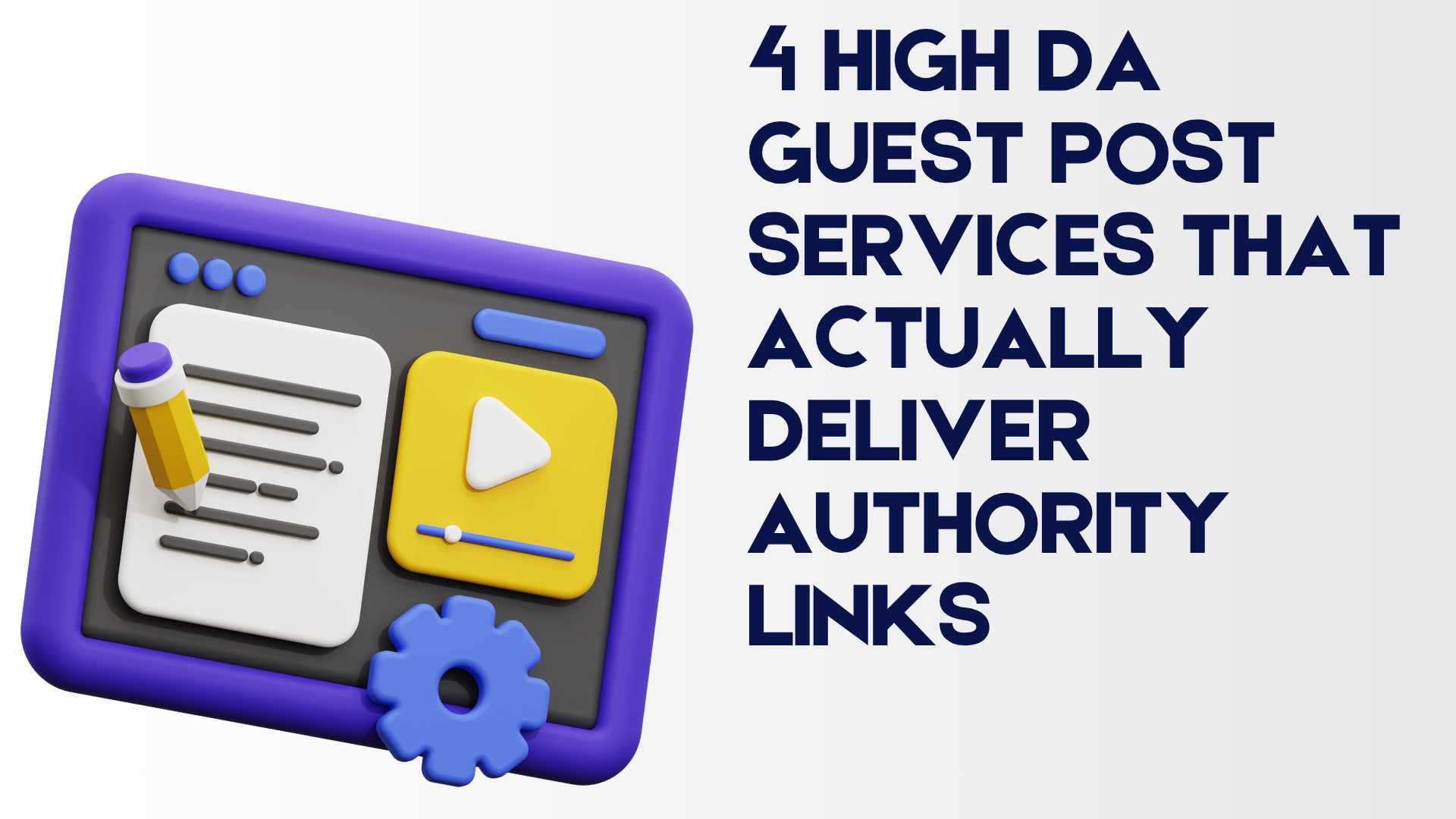Many tried-and-true sales tactics are available to assist firms boost sales, but not everyone follows a sales process to maximise their chances of making a sale. According to Business Community, a procedure that explains to your potential customers how your product or service may assist them solve their problems will aid in their choice to buy.
But what if you've never engaged in a sales process before? In order to assist you in achieving this objective, we have put together the definitive guide to creating your sales process from scratch.
What is a Sales Process?
Let's first take a cursory look at what a sales process entails. There are numerous variations in the specific sales processes that various businesses and industries will employ, but there is a fundamental formula to follow when creating one from scratch.
It's crucial to understand that a sales process truly only refers to a systematic method of approaching sales in order to boost conversions. To convert leads into clients, sales people must follow a set of repeating processes in the organised approach. Basic actions include:
1. The prospecting of qualified leads.
2. Delivering your sales pitch.
3. Complete the sale.
4. Keeping in touch with your clients.
It's time to create a sales process that meets the specific requirements of you and your company with these straightforward steps in mind. One of the key components of creating your process from the beginning will be to personalise the sales process.
The Value of an Effective Sales Process
Understanding the value of the sales process is essential before beginning the steps to develop your own process so that you can decide how much time and attention to devote to it.
A sales process can, among other things, provide your sales team with a detailed formula to adhere to with each and every sale, improving their chances of keeping on course and turning the lead. Your sales staff can demonstrate their progress with each lead by following a predetermined formula, offering helpful feedback all along the way.
You can teach each member of your sales team more quickly and more easily if you have a pre-established sales process in place. Your new sales staff members can start selling considerably quicker and easier if they follow a certain set of processes.
A prescribed sales process can improve customer lifetime value (CLV) and lower customer acquisition cost (CAC), which will improve your sales performance indicators and highlight your overall sales success.
Because your prospects will only receive the information they require, when they require it, whether they are aware of it or not, a well-planned and followed sales process will eventually result in a better customer experience.
How to Build a Sales Process from the Ground Up?
This Guide to Creating a Sales Process will assist you in creating a strong and efficient sales process from scratch, whether you are a start-up or have just not gotten around to doing it.
7 Step Sales Process:
1. Prospect.
Finding fresh, early-stage leads to start the sales process is the process of prospecting. It's an essential step in the sales process and a regular task for the majority of sales representatives.
Prospecting may entail conducting online research on platforms like Quora or LinkedIn. Additionally, it could occur at conventions or business gatherings. You can also prospect by requesting recommendations from current customers or coworkers for people who might be interested in your goods or service.
2. Lead qualification and connection.
Reps contact such early-stage leads at the connect stage of the sales process to obtain information. The second phase in this process is to qualify new leads, which involves determining whether or not they are a suitable fit for your company and whether or not they are likely to continue their buyer's journey.
When doing a "connect" or "discovery" call, a representative can often identify qualified leads by posing qualifying questions like:
“What position do you hold at your company?”
"What do you do on a daily basis?"
“What issue are you attempting to resolve?”
"Why is this important to your company?"
“What alternative options are you considering?”
3. Examine the business.
Reps then conduct research to find out more about each prospect and business.
The likelihood of closing a deal increases when research enables your agents to put themselves in the customer's shoes and provide a more customised and personalised experience.
Understanding each prospect's wants and concerns, and positioning your product or service as the answer, are essential parts of this step.
To acquire a comprehensive understanding of the organisation and its goals, you might need your representative to interact with other employees across several divisions. A successful salesperson should be more familiar with the business than the specific prospect who works there.
4. Make a convincing pitch.
The formal product or service demonstration that your salesperson conducts for your prospect occurs at the presentation stage.
Because it takes time, this stage usually occurs later in the sales process and is reserved for prospects who are more qualified, which is why the connecting and qualifying step is so important. If it can be avoided, you don't want a sales representative spending any of their important time.
Each presentation should be customised to the individual use case and pain points of the prospect. A representative may also bring an engineer or executive to the meeting to show the customer the quality of service they can expect from your organisation. Additionally, it enables them to respond to more technical queries.
5. Respond to criticism.
Prospects frequently oppose the presentation and suggestion made by your salesperson. This is a specific step in the sales process since it is expected, in fact. Any and all objections should be handled by your sales team.
Your representatives can more effectively modify your product to match your prospects' demands by paying attention to their concerns and inquiries. Reps should identify and foresee any objections, whether they are related to cost, onboarding, or other aspects of the proposed contract, through their research and presentation preparation.
6. Finish the sale.
Any late-stage efforts that take place when a contract nears close are referred to as this stage of the sales process. It differs greatly from business to business and could involve presenting a quote or proposal, negotiating, or winning the support of decision-makers.
Each and every salesperson aims to close a transaction. It ought to lead to a binding contract that benefits both the buyer and the seller. After a transaction is completed, the salesperson is paid a commission based on the agreed-upon price, and typically an account manager or customer success representative takes over the account.
7. Maintain and keep selling.
Although closing agreements is the ultimate objective in sales, this is not the point at which sales representatives quit interacting with consumers. Reps should assist in transferring consumers to the team in charge of onboarding and customer success in addition to ensuring that customers receive the products they ordered.
Continually conveying and reinforcing value to customers is another phase in the sales process. This may present chances for cross-selling and upselling, as well as chances for securing consumer recommendations.
It is our responsibility to continue in the continuous research of the behaviour, tastes, and demands that are offered to them as these types of new trends in the purchase processes assist buyers to take control in the sales process, to potential clients or customer ensuring that your sales professional maintains direct customer contact and leads consumers along the right route using the right methodology.
















Post Comments